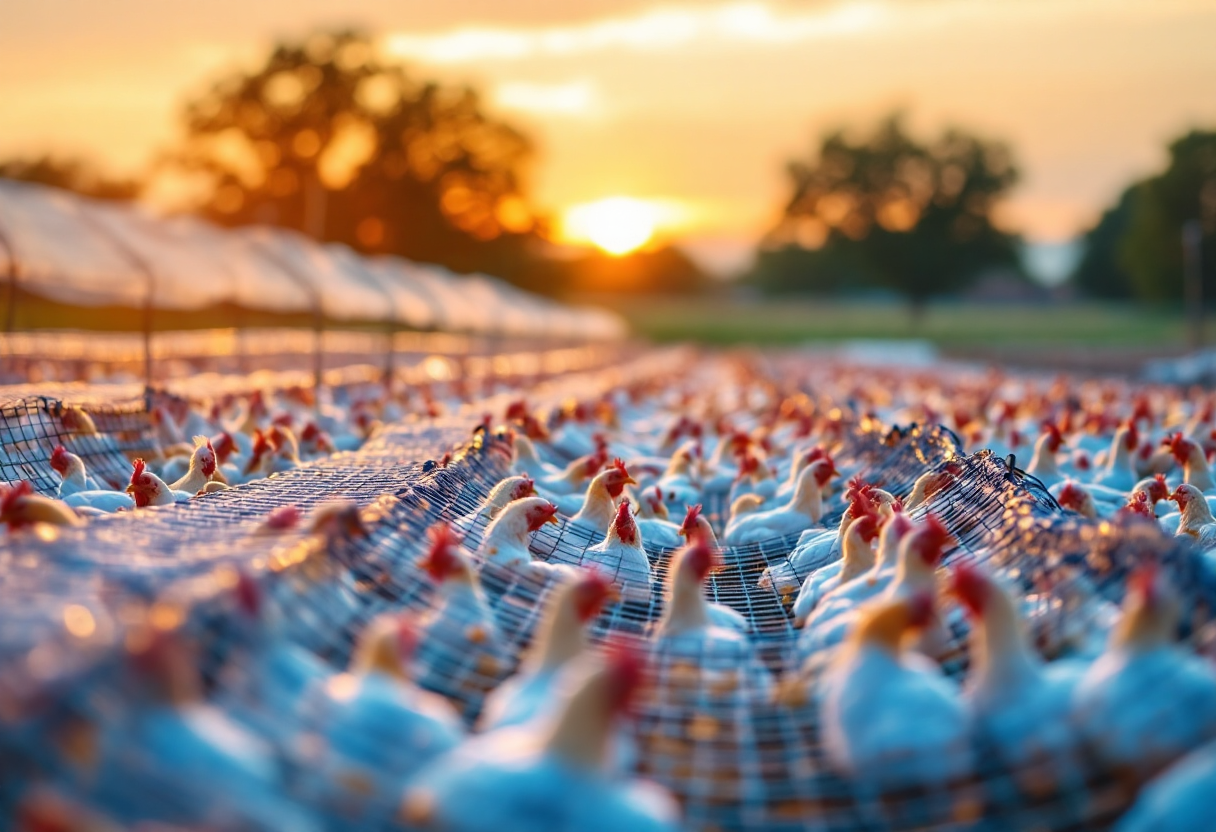Table of Contents
What is bird flu and why is it a concern?
Bird flu, scientifically known as avian influenza, is a viral infection that primarily affects birds but can also infect humans. The recent surge in bird flu cases in the U.S.
has raised alarms among health officials and the public alike. The highly pathogenic avian influenza (HPAI) strain poses significant risks not only to bird populations but also to human health, especially for those who come into close contact with infected birds.
Recent incidents and public health response
In Plymouth, Massachusetts, over 60 dead birds were discovered at Billington Sea, suspected to have succumbed to bird flu. State officials, along with waste management teams, swiftly responded to the situation by removing the deceased wildlife.
The state ornithologist indicated that a dead goose was highly suspected of having avian influenza, highlighting the urgency of the matter. With only one lab in the U.S. capable of confirming bird flu cases, the wait for definitive results can be lengthy, potentially up to a week.
Precautionary measures for the public and poultry owners
As the bird flu situation evolves, health officials are urging the public to exercise caution. Avoiding contact with sick or dead wild birds is crucial, and protective gear should be worn if handling wildlife cannot be avoided.
Poultry owners are advised to keep their flocks away from wild waterfowl and limit access to their birds. Cleaning and disinfecting shared equipment between different bird owners is also essential to prevent the spread of the virus.
Human cases and CDC recommendations
Since 2022, there have been 67 reported human cases of bird flu, with a staggering 66 of those occurring in 2024 alone. The Centers for Disease Control and Prevention (CDC) emphasizes that while handling infected birds is unlikely to cause illness in humans, the potential for sporadic infections necessitates vigilance. In response to the rising cases, the CDC has recommended faster testing for hospitalized patients to differentiate between seasonal flu and bird flu, aiming to enhance patient care and infection control.
Conclusion
As bird flu cases continue to emerge across the U.S., staying informed and adhering to public health guidelines is more important than ever. By understanding the risks and implementing recommended safety measures, we can help mitigate the impact of this viral infection on both bird and human populations.





